SupremePunk #017
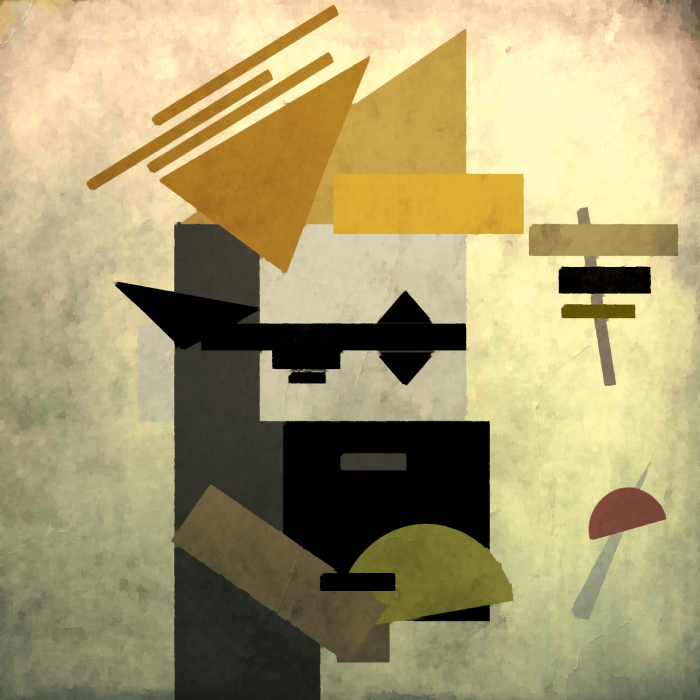
A Suprematist Train
This Punk is inspired by CryptoPunk #8541 and artworks of Lisitsky. This work is an embodiment of the "Suprematist train" - a symbol of the end of one era and the beginning of a new one. Two events were taken as points of reference: the death of A. Chekhov, the great Russian prose writer, and the arrival in Russia of V. Lenin. Both of these events are linked by a very important feature. Chekhov's corpse was brought to Russia in 1904 by train from Germany in a special carriage, while in 1917 the train arrived from Germany with a "sealed" carriage, in which went the man who had organized the Great Revolution and the first ruler of the USSR - Vladimir Lenin - the main organizer and leader of the October Revolution of 1917 in Russia, the founder of the first socialist state in world history. The first event is the sunset of the literature of the Russian Empire, the second is the birth and dawn of a new country. Punk's number coincides with the last two digits of the year of Lenin's arrival, and Punk's body is made up of 21 figurines - the sum of the numbers 4 and 17.
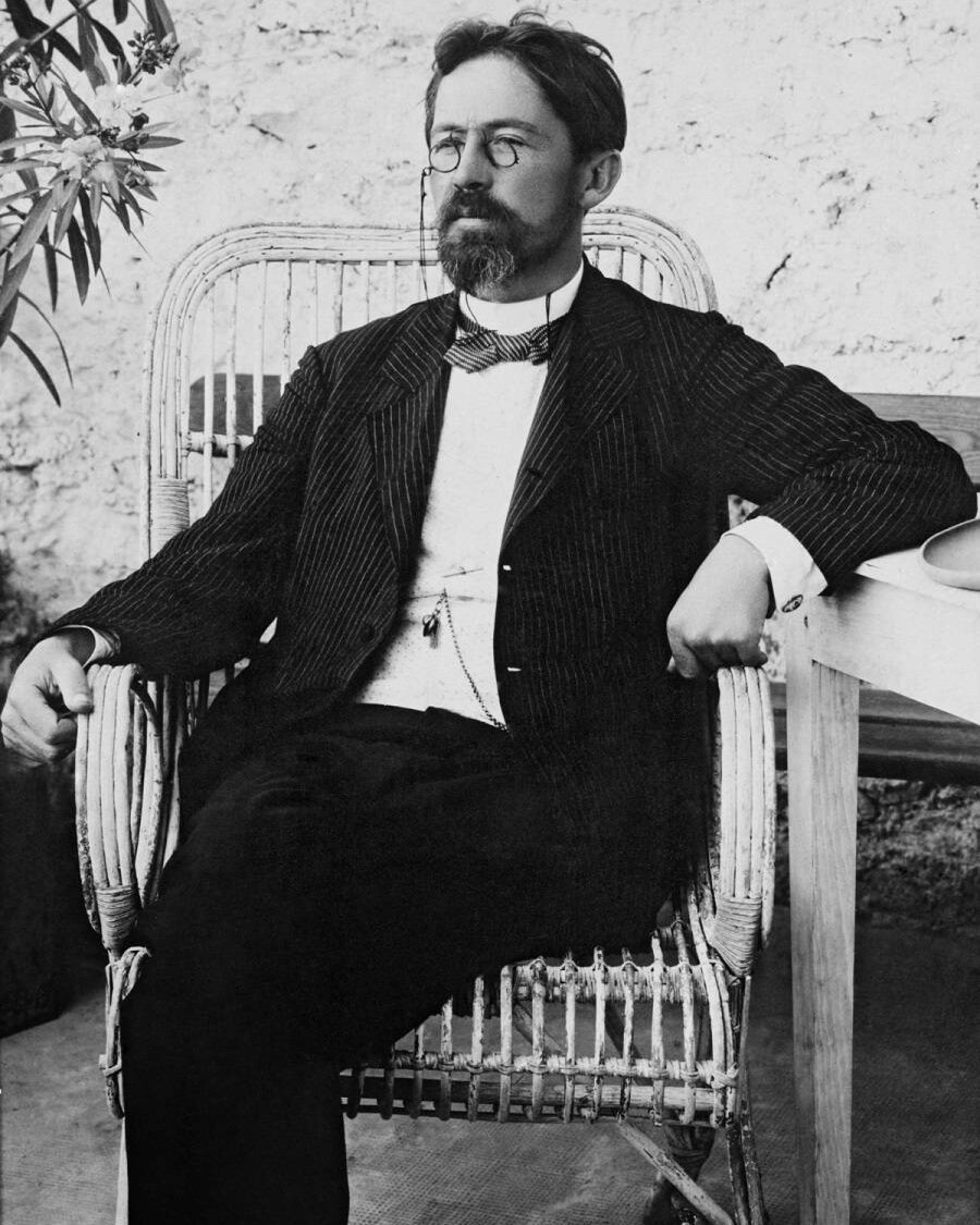
Anton Chekhov, 1901
In the summer of 1904, Chekhov left for a resort in Germany. On July 2, 1904, the writer died in Badenweiler, Germany. The denouement came on the night of between the 1st and the 2nd of July. According to his wife Olga, at the beginning of the night Chekhov woke up and "for the first time in his life he himself asked to be sent to the doctor. Afterward he ordered me to give him some champagne. Anton Pavlovich sat down and somehow significantly, loudly said to the doctor in German (he knew very little German): "Ich sterbe". Then he repeated to the student or to me in Russian: “I am dying.” Then he took the glass, turned his face to me, smiled with his amazing smile, said: "It's been a long time since I drank champagne...", quietly drank it all down, quietly lay down on his left side and soon fell silent forever.
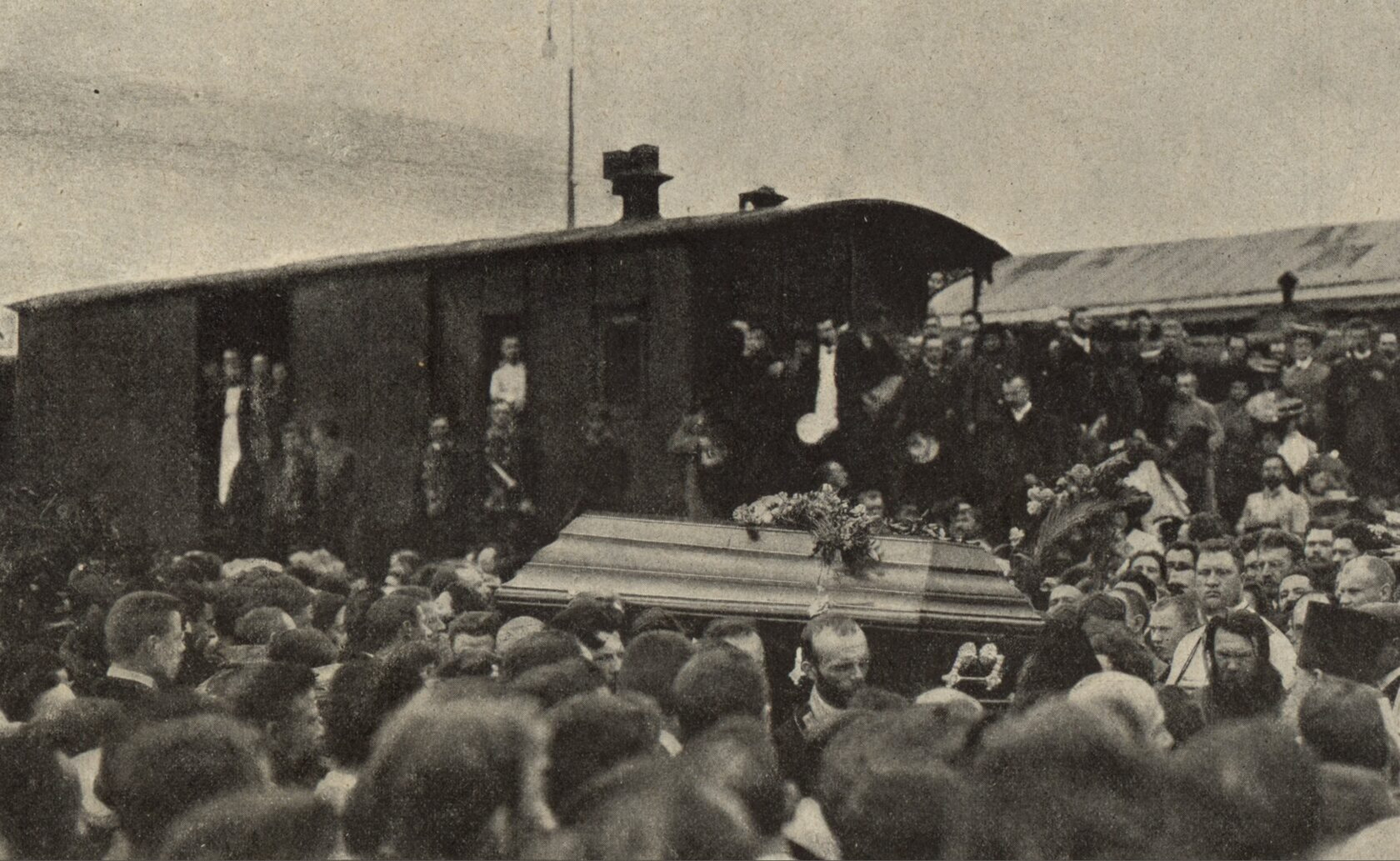
Coffin of Chekhov carried to church, 1904
The coffin with the writer's body was delivered to Moscow in a carriage marked "Oysters." Some took it as a mockery of the great writer, but in the early twentieth century few cars were equipped with refrigeration units. It is noteworthy that twenty years before that Chekhov had written the story "Oysters".
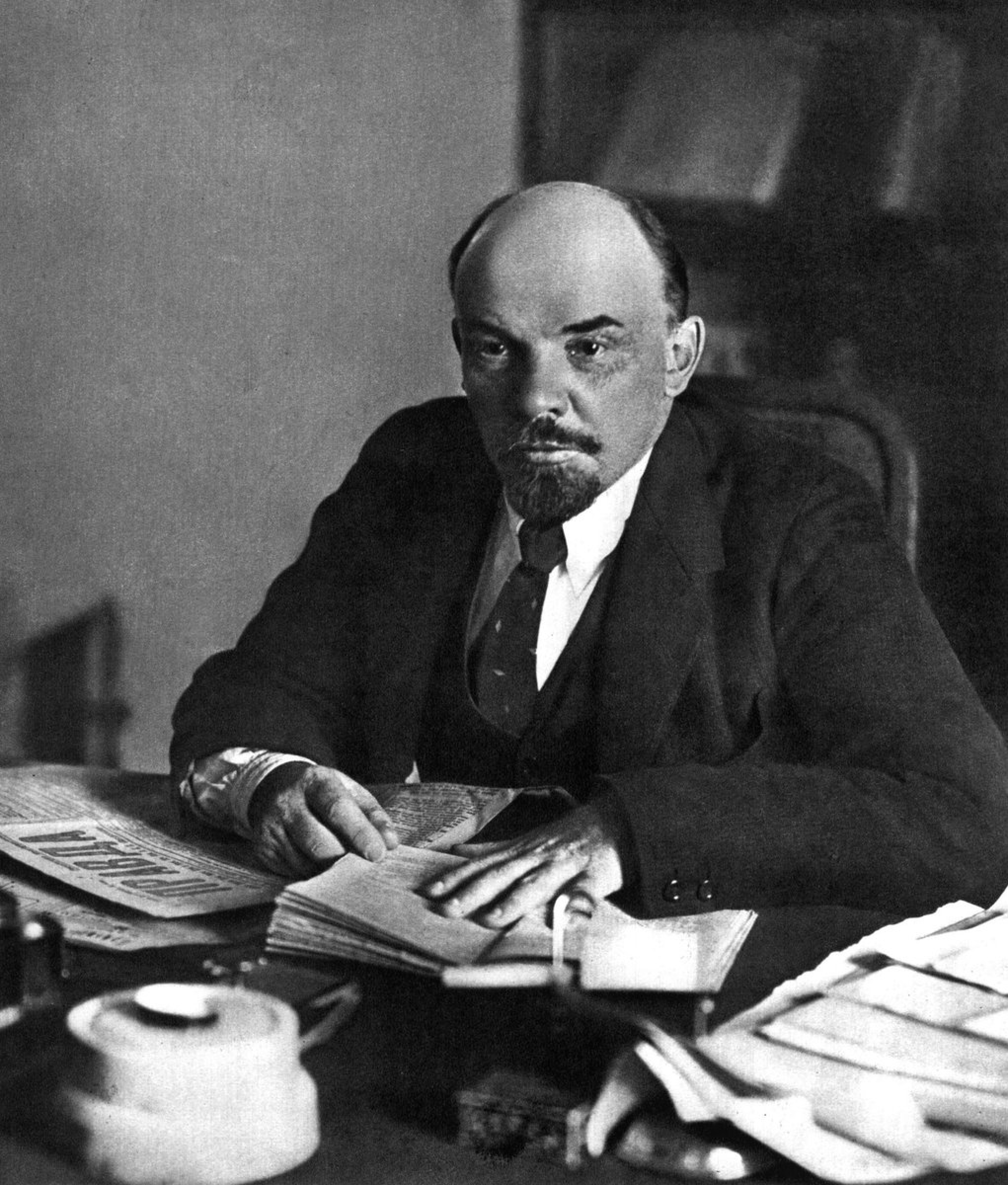
V. Lenin - the leader of Bolshevik party
Thirteen years later an almost identical train arrived in Russia, but its passengers were strikingly different. Vladimir Ulyanov (Lenin) arrived at the Finland Station in Petrograd at 23:10 on April 3, 1917. The opposite square is still called Lenin Square. The carriage in which he rode was sealed, in particular, three of the four doors were sealed. This was done so that Lenin would not be suspected of having ties to Germany, the only country that allowed his train through. The Russian Empire and Germany were still at war at the time.The meeting of the leader with his party comrades became as legendary in Soviet times as the storming of the Winter Palace. The very next day after his return the Bolshevik leader spoke in the Tavrichesky Palace with the "April Theses" prepared on the train.
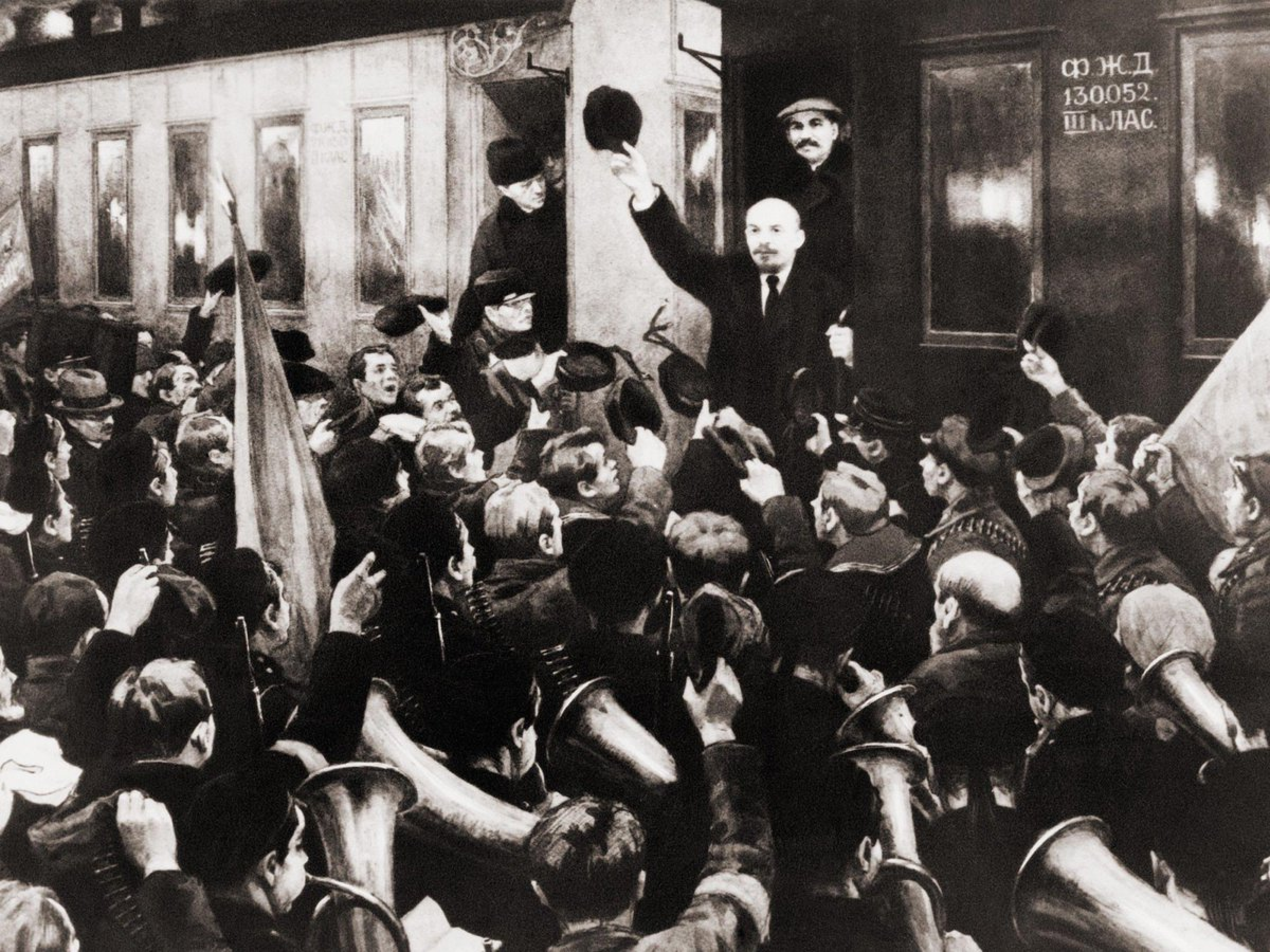
Lenin arriving in Moscow, 1917
Only about a thousand political figures arrived in Petrograd through the Finnish Torneo checkpoint in the spring and summer. Had it not been for the "sealed wagons," they would have almost all withered abroad for another year and a half, and then who knows how Russian, and the entire history of the world, would have turned... In a few months the returned emigrants revolutionized the capital and led it to the October coup.
This punk is depicted as an inverted train. The top part (hair and hair) resembles the nose of the trains with bars. The presence of half-circles at work is how the wheels are visible on some trains - they are hidden half by the train hull. The black glasses over the eyes are the chimney from which the smoke is billowing. The bottom connection of the rectangle to the semi-circle is the connection of the crankshaft to the wheel. The right side of the face consists of two similarly shaped but differently colored figures. These are two almost identical carriages, but one is carrying the writer's corpse and the other is carrying a revolutionary. Diametrically opposite passengers and opposite colors.

Buy

Gallery:
CryptoPunk #8541 that has been taken as a base

Your transaction is in progress

You have connected to the wrong network

Transaction is successful!


